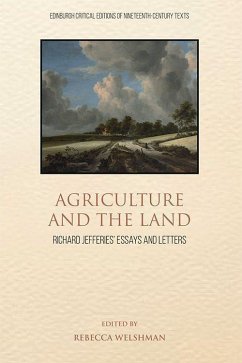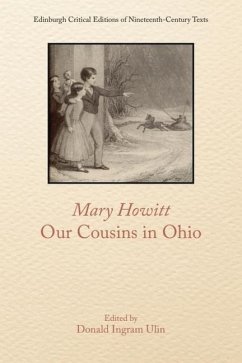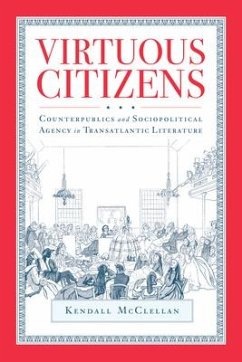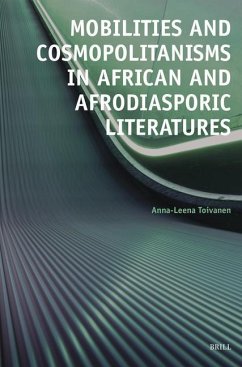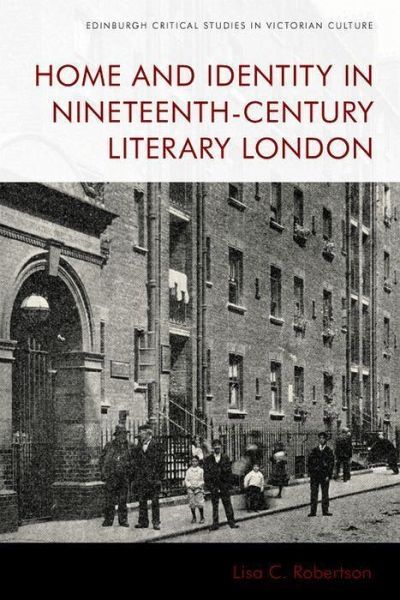
Home and Identity in Nineteenth-Century Literary London
Versandkostenfrei!
Versandfertig in über 4 Wochen
122,99 €
inkl. MwSt.
Weitere Ausgaben:

PAYBACK Punkte
61 °P sammeln!
Explores radical designs for the home in the nineteenth-century metropolis and the texts that shaped them This book brings together a range of new models for modern living that emerged in response to social and economic changes in nineteenth-century London, and the literature that gave expression to their novelty. It examines visual and literary representations to explain how these innovations in housing forged opportunities for refashioning definitions of home and identity. Robertson offers readers a new blueprint for understanding the ways in which novels imaginatively and materially produce...
Explores radical designs for the home in the nineteenth-century metropolis and the texts that shaped them This book brings together a range of new models for modern living that emerged in response to social and economic changes in nineteenth-century London, and the literature that gave expression to their novelty. It examines visual and literary representations to explain how these innovations in housing forged opportunities for refashioning definitions of home and identity. Robertson offers readers a new blueprint for understanding the ways in which novels imaginatively and materially produce the city's built environment. Lisa C. Robertson is Lecturer in Women's and Gender Studies at Acadia University in Wolfville, Nova Scotia.





